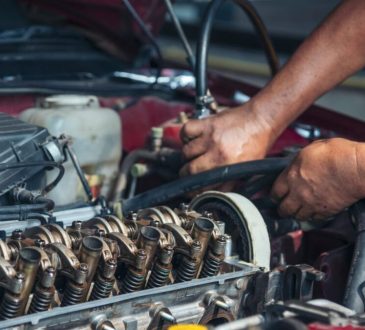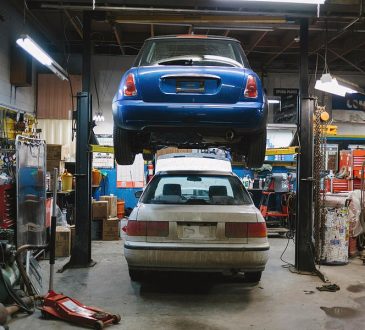Your 4×4’s suspension system plays a critical role in providing a smooth ride, maintaining vehicle stability, and ensuring your tires stay in contact with the ground, especially during off-road adventures. However, the suspension system can take a beating over time, leading to wear and tear that affects your vehicle’s performance and safety. Recognizing the signs of suspension problems early on can help prevent more serious issues down the road. Here are six common signs of suspension problems and how to fix them.
1. Excessive Bouncing or a Rough Ride
If you notice that your vehicle bounces excessively or the ride feels unusually rough, it’s likely a sign that your shocks or struts are worn out. These components are responsible for absorbing the impact of bumps and potholes, providing a smooth and stable ride. Over time, shocks and struts can lose their effectiveness, leading to a bouncier ride and reduced control.
How to Fix It: Inspect your shocks and struts for signs of wear, such as leaking fluid or visible damage. If they are worn out, replacing them is the best solution. Consider upgrading to heavy-duty or off-road-specific shocks if you frequently drive on rough terrain.
2. Uneven Tire Wear
Uneven tire wear is often a sign of suspension problems, particularly with the alignment or the condition of the suspension components. When the suspension is out of alignment or certain parts are worn, it can cause your tires to wear unevenly, leading to reduced traction and the need for more frequent tire replacements.
How to Fix It: Check your tire tread for signs of uneven wear. If you notice uneven patterns, have your suspension and alignment inspected by a professional. Aligning your wheels and replacing worn suspension components can correct the issue and extend the life of your tires.
3. Pulling to One Side While Driving
If your vehicle pulls to one side while driving, it could indicate an issue with your suspension system, particularly with the alignment or the condition of the control arms and bushings. Pulling to one side can make steering difficult and dangerous, especially at higher speeds.
How to Fix It: Start by checking your tire pressure, as uneven pressure can cause pulling. If the tire pressure is fine, have your alignment checked and inspect the control arms, bushings, and other suspension components. Replacing worn parts and realigning the wheels should resolve the issue.
4. Clunking or Knocking Noises
Unusual clunking or knocking noises when driving over bumps or uneven terrain are often a sign of worn suspension components, such as ball joints, control arms, or sway bar links. These components are critical for maintaining the stability of your vehicle, and when they wear out, they can cause noise and poor handling.
How to Fix It: Listen for the source of the noise and inspect the related suspension parts for wear or damage. Replacing worn ball joints, control arms, or sway bar links should eliminate the noise and restore proper handling.
5. Vehicle Sitting Low or Leaning
If your vehicle appears to be sitting lower than usual or leaning to one side, it could be a sign of a broken or sagging spring. Springs are essential for supporting the weight of your vehicle and providing a smooth ride. When they wear out or break, your vehicle may sit unevenly or ride lower than normal.
How to Fix It: Inspect the springs for damage or sagging. If you find a broken or worn spring, it’s essential to replace it as soon as possible. Consider upgrading to heavy-duty springs if you frequently carry heavy loads or drive on rough terrain.
6. Difficulty Steering
Difficulty in steering, particularly when turning, can be a sign of suspension problems such as worn ball joints, tie rods, or steering components. This issue can lead to poor handling and increased wear on your tires and other suspension parts.
How to Fix It: Inspect the steering and suspension components for wear or damage. Replacing worn tie rods, ball joints, or other steering components can restore smooth steering and improve handling.
Conclusion
Your suspension system is vital for maintaining vehicle control, comfort, and safety. If you notice any of these common signs of suspension problems, it’s important to address them promptly to prevent further damage and ensure your 4×4 remains in top condition. Regular inspections and maintenance of your suspension system can help extend the life of your vehicle and keep you safe on and off the road. If you’re unsure about the condition of your suspension, it’s always a good idea to have it checked by a professional to avoid any unexpected issues.




